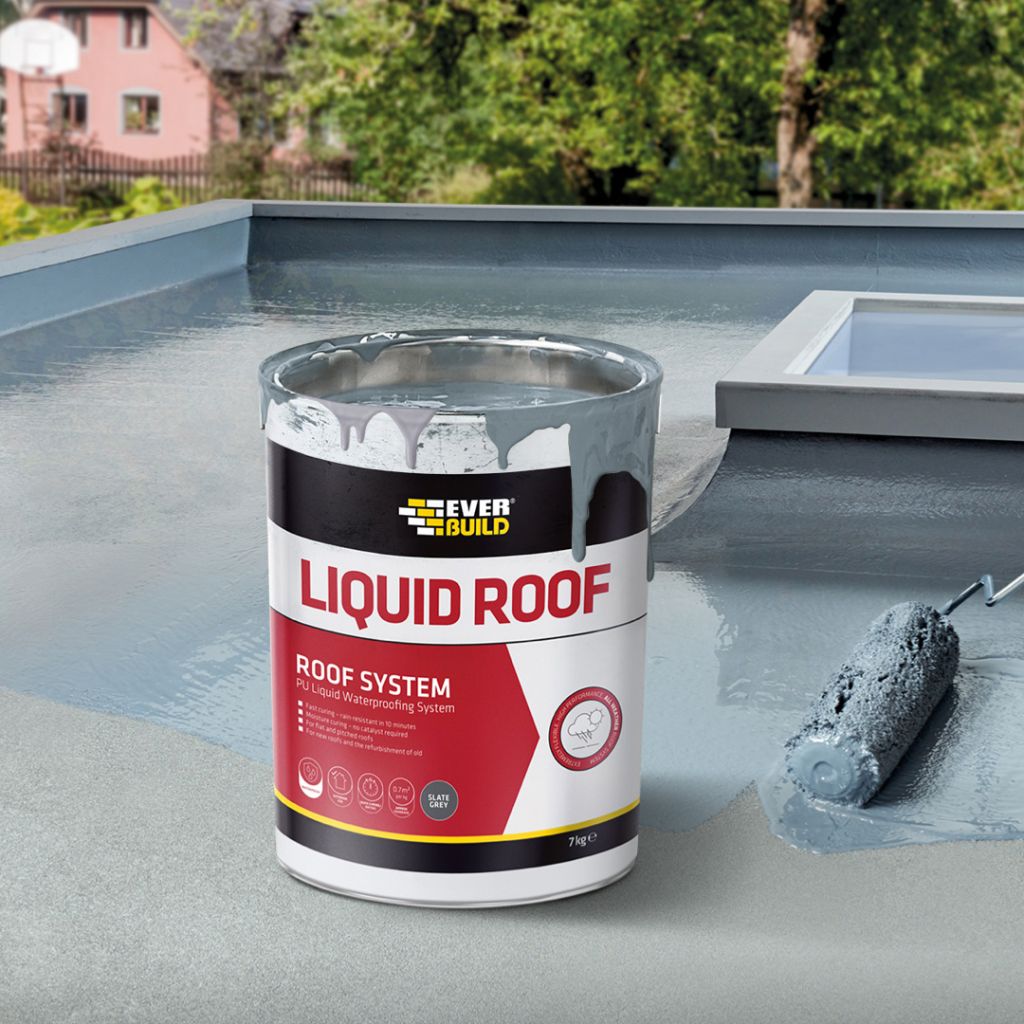Introduction: Why Roof Maintenance in the UK Should Never Be Ignored
In the UK, your roof is constantly under siege from the elements. Rain, wind, frost, moss, and even the occasional summer heatwave all play their part in breaking down roofing materials over time. But unlike interior renovations or redecorating, roof maintenance often goes unnoticed — until it’s too late.
Whether you own a period property with traditional slate tiles or a newer build with a fibreglass flat roof, regular inspection and timely maintenance are essential to protecting your home from leaks, structural damage, and costly repair bills.

This comprehensive guide covers everything UK homeowners and DIYers need to know:
- How to identify the type of roof you have
- Seasonal maintenance advice
- Recommended roof coatings and sealants
- When to handle it yourself — and when to bring in a professional
By understanding how your specific roof performs in British weather, and by using the right protective products, you can extend its lifespan, prevent moisture issues, and maintain the appearance of your property for years to come.
Understanding Your Roof: Pitched vs Flat Roofs in the UK
The type of roof you have determines how you should approach maintenance, repair, and protection. In the UK, most homes fall into one of two categories — pitched or flat — each with its own strengths, vulnerabilities, and ideal coatings.
Pitched Roofs
Pitched roofs are the most common on residential homes. They feature a sloped structure that sheds water effectively and are typically built using:
- Clay tiles – Traditional, long-lasting, and breathable
- Concrete tiles – Durable and cost-effective
- Natural slate – Premium and extremely hard-wearing
While robust, pitched roofs are prone to problems like cracked tiles, moss build-up, and damaged flashing around chimneys or dormers — all of which can lead to leaks if left unchecked.

Flat Roofs
Flat roofs, often found on extensions, garages, and commercial buildings, are built with a much lower pitch and rely heavily on waterproof membranes. Common materials include:
- Bitumen felt – Popular and easy to install
- EPDM rubber – Flexible, weatherproof, and long-lasting
- GRP fibreglass – Seamless and hard-wearing
- Asphalt – Traditional and commonly used on older flat roofs
While flat roofs look minimal and modern, they are particularly vulnerable to ponding water, UV degradation, and blistering — making routine inspection and waterproofing even more important.

Roof Type & Product Comparison Table
| Roof Type | Common Materials | Typical Issues | Recommended Products |
|---|---|---|---|
| Pitched Roof | Clay tiles, Concrete tiles, Natural slate | Cracked or slipped tiles, moss growth, flashing deterioration | Kingfisher Kolourseal Roof Renovation, Kingfisher Biocidal Wash |
| Flat Roof | Bitumen felt, EPDM rubber, GRP fibreglass, Asphalt | Ponding water, membrane cracks, UV damage, blistering | Sika Everbuild Aquaseal Liquid Roof, EVERBUILD Evercryl One Coat, Kingfisher Fibreseal Repair Compound |
Installation & Application Guide

General Preparation (All Roof Types)
- Clean the surface: Remove all moss, dirt, debris, and algae using a stiff brush or pressure washer if suitable.
- Treat biological growth: Apply a biocidal wash (e.g., Kingfisher Biocidal Wash) to kill moss, algae, and spores.
- Check the weather: Ensure dry weather for 24-48 hours after application unless using products that allow damp application.
Applying Coatings on Pitched Roofs
- Mask off adjacent surfaces: Protect gutters, fascia boards, and nearby surfaces from overspray or spillage.
- Use appropriate tools: Apply roof coatings using a sprayer or roller, following manufacturer recommendations.
- Apply in coats: Most products require two coats for full protection, allowing sufficient drying time between coats.
- Coverage guide: Products like Kingfisher Kolourseal typically cover 4–6 m² per litre, depending on surface porosity.
Applying Sealants on Flat Roofs
- Identify problem areas: Look for cracks, ponding spots, seams, and joints that are at risk of water ingress.
- Stir thoroughly: Open the product and stir well to ensure fibres or solvents are evenly mixed (important for Evercryl or Fibreseal).
- Apply with a brush or roller: Start at the furthest edge and work back toward your exit point. Feather the edges for smoothness.
- Thickness matters: Apply sealants in one thick coat unless specified otherwise. Avoid pooling the product.
Aftercare and Maintenance
- Inspect annually: Check coating integrity and reapply if worn or patchy.
- Clear gutters regularly: Prevent water backing up onto treated areas.
- Touch up as needed: Use the same product to spot-treat small cracks or scuffs.

Always follow the specific product instructions on the label or datasheet for best results. When in doubt, contact the manufacturer or a qualified roofing professional.



















